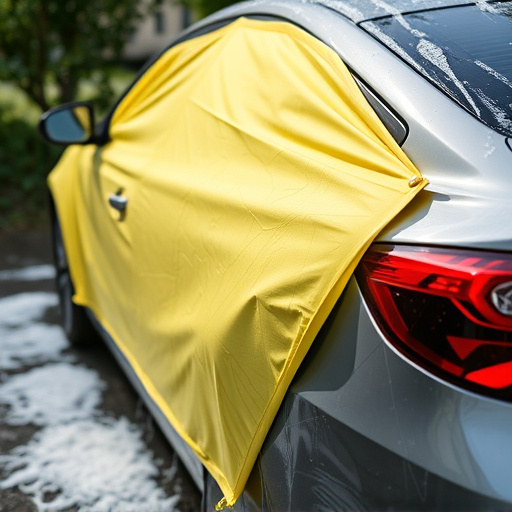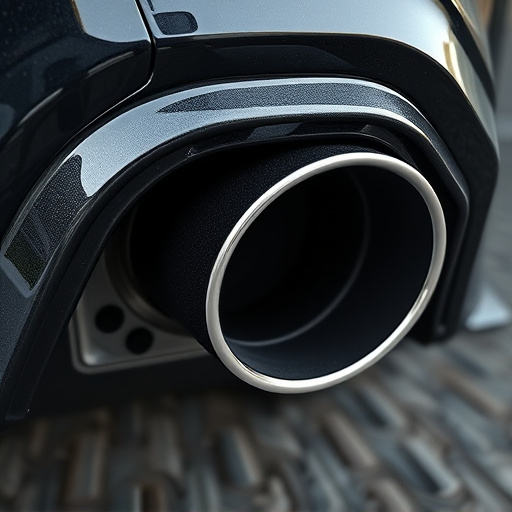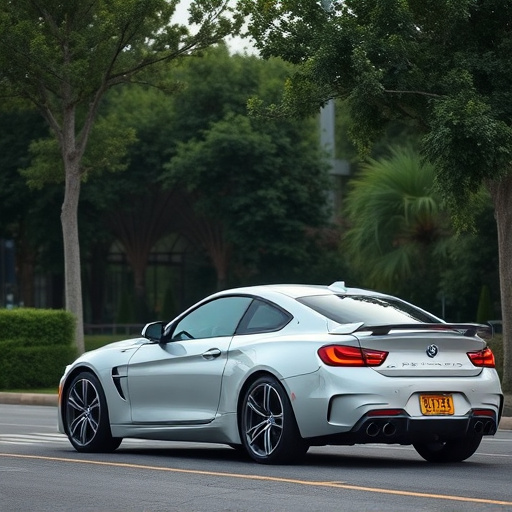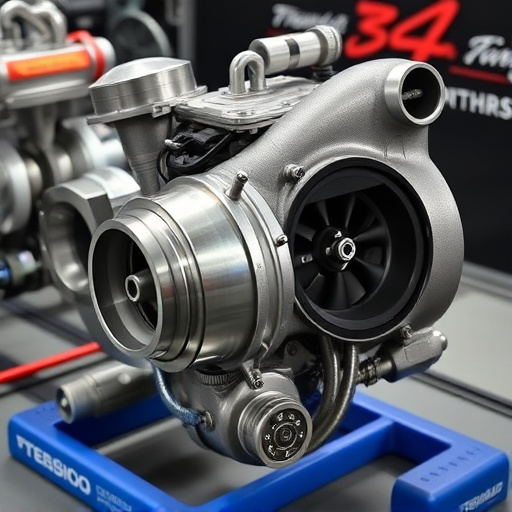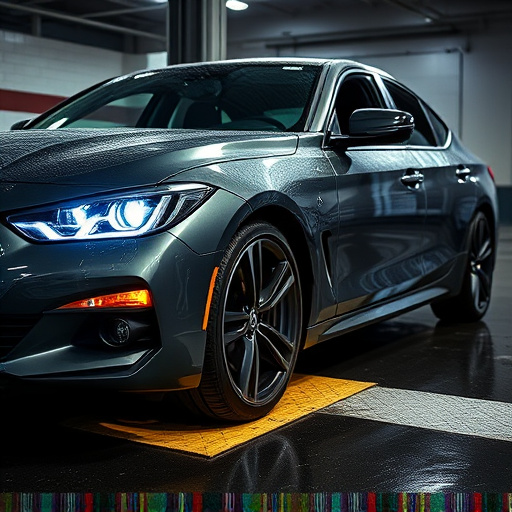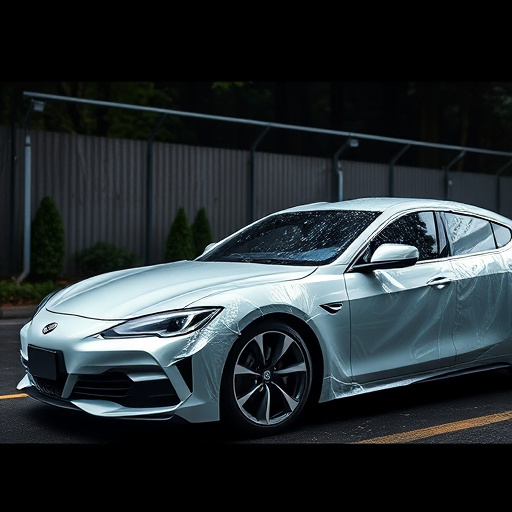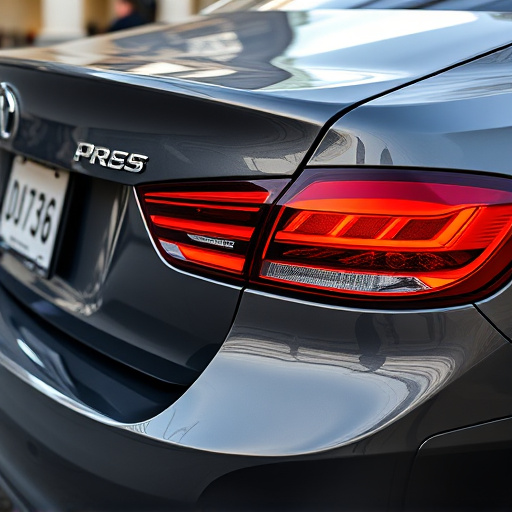A full vehicle wrap is a complete exterior covering using adhesive graphics, offering both aesthetic enhancement and protection from environmental factors. It's popular for maintaining vehicles in top condition. However, understanding local legal guidelines regarding outdoor advertising and vehicle modifications, including window tinting regulations and reflective material restrictions, is crucial to avoid issues. Professional installation requires high-quality materials and strict adherence to laws, ensuring a smooth finish and stunning appearance while meeting legal standards.
A full vehicle wrap is a powerful marketing tool, transforming your car or truck into a mobile billboard. This article explores the art of wrapping vehicles while adhering to local legal guidelines. We’ll guide you through understanding the basics, navigating the regulatory landscape, and discovering best practices for professional installation. From design considerations to compliance checks, learn how to create a captivating full vehicle wrap that catches attention and stays within legal boundaries.
- Understanding Full Vehicle Wraps: The Basics
- Legal Considerations for Full Vehicle Wraps
- Best Practices for Professional Installation and Compliance
Understanding Full Vehicle Wraps: The Basics
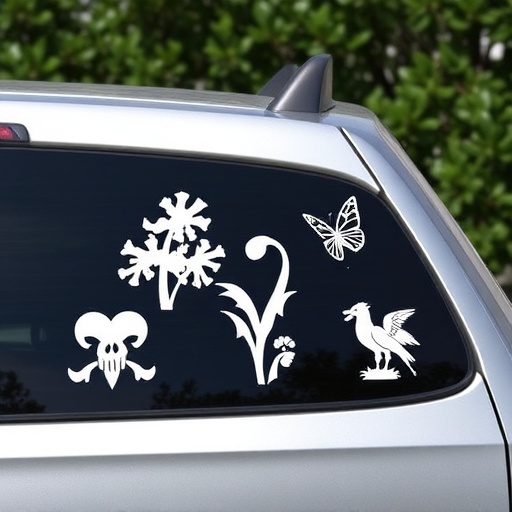
A full vehicle wrap is a complete covering of a car or truck’s exterior using adhesive-backed graphics and films. Unlike partial wraps that focus on specific areas like doors or fenders, a full wrap encompasses the entire vehicle, offering both aesthetic and protective benefits. This process involves precise application to ensure seamless integration with the car’s curves and contours. The result is a vibrant, custom design that enhances visual appeal, making the vehicle stand out from the crowd.
Beyond aesthetics, full vehicle wraps provide practical advantages. They serve as an effective form of vehicle protection by shielding the paintwork from environmental factors like UV rays, bird droppings, and minor scratches. Additionally, many wrap materials offer excellent heat rejection, helping to keep the interior cool during hot summers. While a full wrap might seem extreme for some, it’s a popular choice among those seeking comprehensive solutions for both vehicle aesthetics and protection, ensuring their cars remain in top condition over time.
Legal Considerations for Full Vehicle Wraps
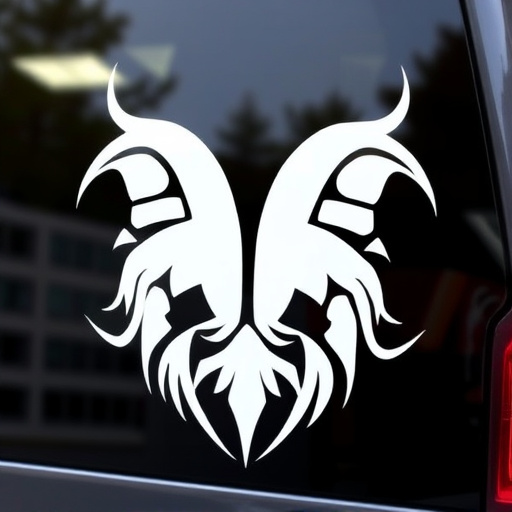
When considering a full vehicle wrap, understanding local legal guidelines is paramount to ensure compliance and avoid any potential issues. Every region has its own set of regulations regarding outdoor advertising and vehicle modifications, with special attention given to safety and environmental standards. For instance, many areas mandate that wraps must not obstruct the driver’s view or affect the structural integrity of the vehicle. Additionally, reflective or highly vibrant colors might require permits in certain jurisdictions for visibility and safety reasons during nighttime driving.
Another crucial legal consideration pertains to protective coatings and UV protection applied during the wrap process. While custom vehicle wraps offer a range of design possibilities, they should not compromise the integrity of the original paint job or the car’s structural components. As such, it’s essential to use high-quality, legal materials that provide adequate UV protection, ensuring the wrap remains effective over time without causing harm to the vehicle or local environment.
Best Practices for Professional Installation and Compliance
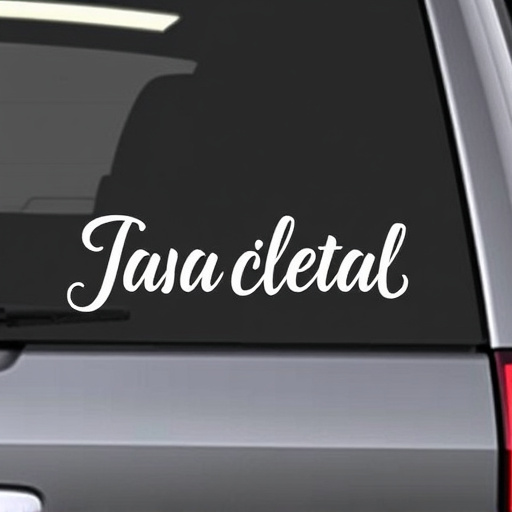
When it comes to a full vehicle wrap, best practices for professional installation involve meticulous attention to detail and adherence to local legal guidelines. Start by ensuring that the wrap material is of high quality, designed for long-lasting durability and vibrant colors. Professional installers should also take precautions during application to avoid bubbles, wrinkles, or misalignments. Proper surface preparation, including cleaning and decontaminating the vehicle, is crucial for a smooth finish.
Compliance with local laws is paramount when considering a full vehicle wrap. While enhancing aesthetics and promoting brand visibility, it’s important to remember that window tinting regulations vary by region. Additionally, some areas have restrictions on the use of bright or reflective wraps. Keeping up-to-date with these guidelines ensures your car customization not only looks professional but also complies with legal requirements, avoiding potential fines or issues. Incorporate subtle designs or matte finishes if local laws dictate to maintain a discreet look while still achieving that desired car customization.
A full vehicle wrap is a powerful marketing tool, but it must be executed legally and professionally. By understanding local regulations, adhering to best practices, and ensuring compliance during installation, businesses can leverage this strategy to enhance brand visibility on the road. Remember, a well-designed and legally sound full vehicle wrap can turn everyday vehicles into mobile advertisements that captivate audiences and drive engagement.


